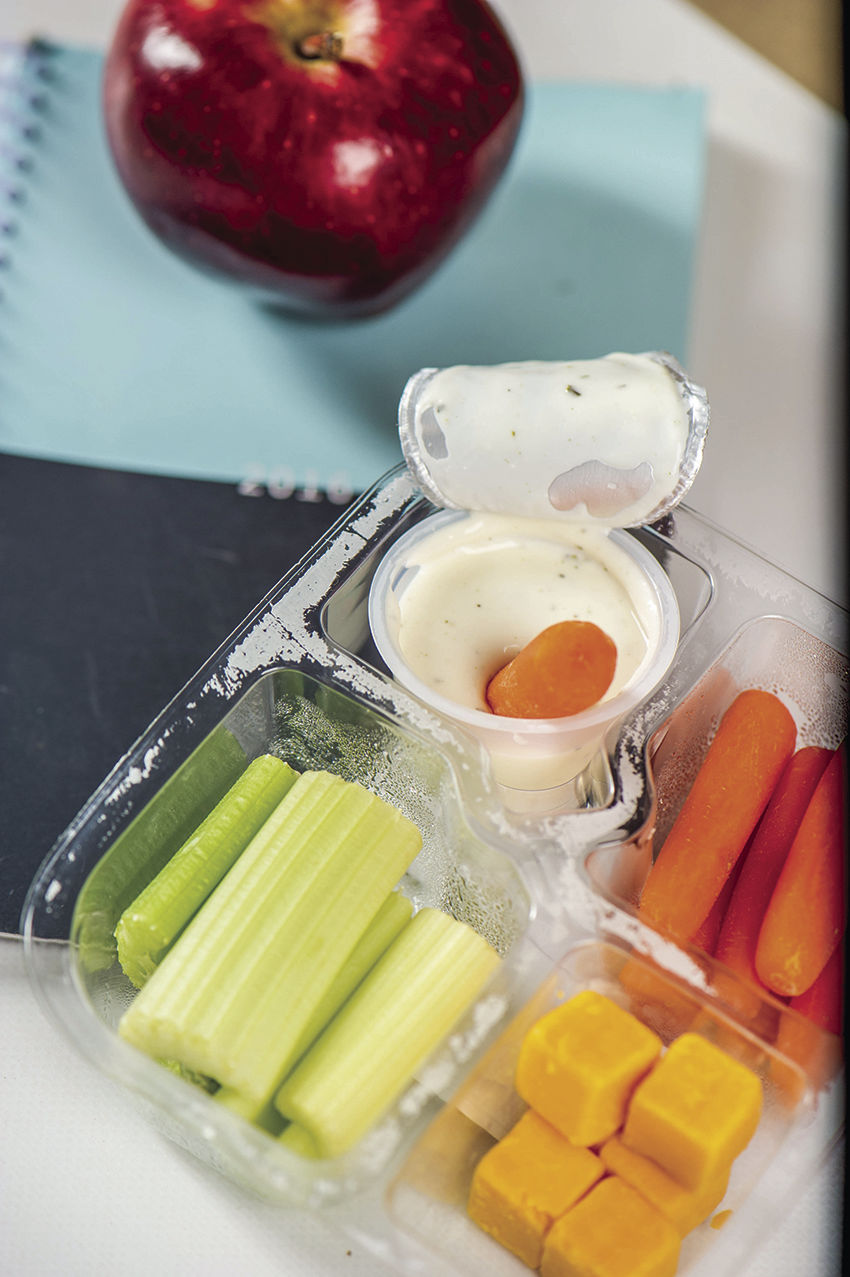School lunch may seem like a relatively easy concept for parents to master. However, day in and day out, enterprising moms and dads grow anxious over what to put into kids’ lunch boxes or bags.
Parents have foods they want their kids to eat, and then there are foods their grade-schoolers will actually consider. Schools may also place limitations on what kids can bring to school due to allergies or school rules on sweets versus healthy foods. Then there’s the packaging itself. Parents may weigh the benefits of everything from clever accessories to eco-friendly materials.
Removing school lunch stress is easy. Once these steps are conquered, sending children off to school with acceptable meals becomes that easier.
Foods
Keep a running list of must-have foods to stock the pantry. This will make it easier when it’s time to go shopping. Picky eaters may return again and again to familiar comfort foods. As long as the child is getting enough vitamins and growing, there should be little issue in letting them eat the same foods day in and day out. Because parents cannot police what their children eat at school, it’s better to devote time to introducing new foods during breakfast or dinner.
Involve kids in some of the food decisions, especially since they are the ones eating the lunch at school. Certain foods may not keep well or become less appealing after sitting in backpacks until lunchtime. Respect kids’ input and try to make some changes accordingly.
Restrictions
Researchers estimate that food allergies affect one in every 13 children under the age of 18 in the United States alone. That equates to two students in every classroom. The group, Food Allergy Research & Education, says eight foods account for the majority of all reactions: peanuts, tree nuts, soy, milk, eggs, wheat, fish and shellfish. Parents should be cognizant of common food allergies and be considerate of other kids in the classroom who may have allergies by limiting some of the most common allergy-associated foods in their children’s lunches.
Packaging
The way foods are presented can improve the dining experience. Just ask professional chefs who go to great lengths on creative “plating” in restaurants. Children who are fussy about foods touching might enjoy the economical (and eco-friendly) designs of reusable bento boxes, which separate foods into different sections. They also help parents pack perfect portion sizes for healthier eating habits.
Snack and meal containers now come in colorful and clever designs that appeal to the toy-lover in most kids. Also, lunch gear manufacturers are thinking outside the sandwich to offer pouches and baggies that are leak-proof so that smoothies, soups and yogurts can be enjoyed during lunch, too.
Back to School | Treat kids to lunches that meet all needs

The school lunches parents enjoyed are being replaced with fresh ideas that accommodate todays’ kids and schools.
